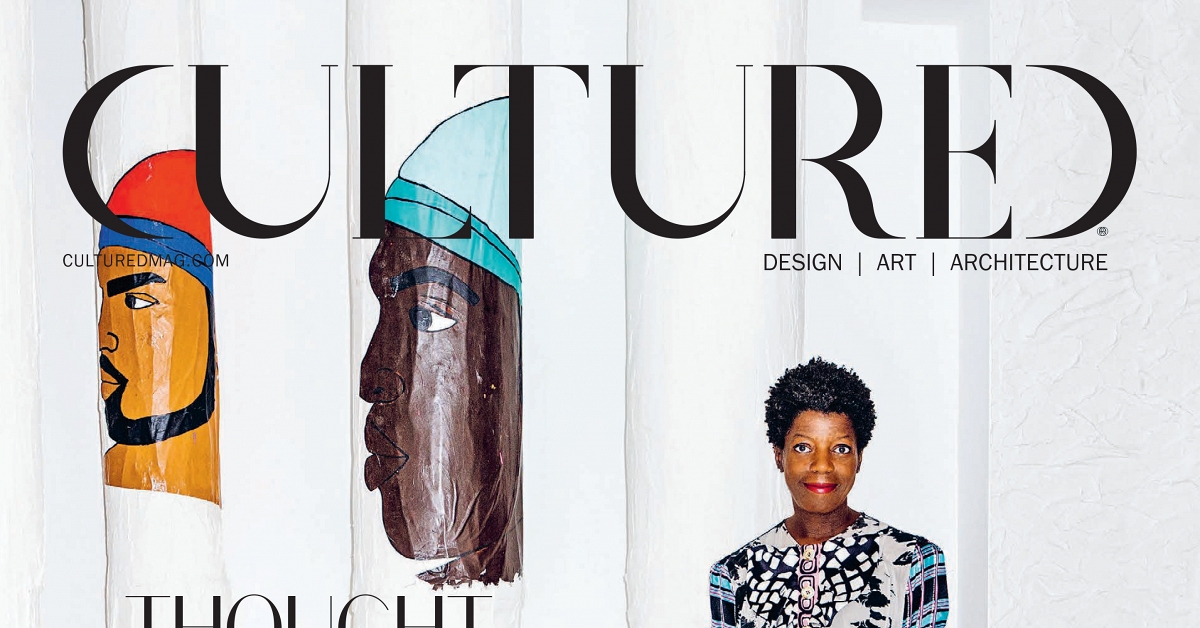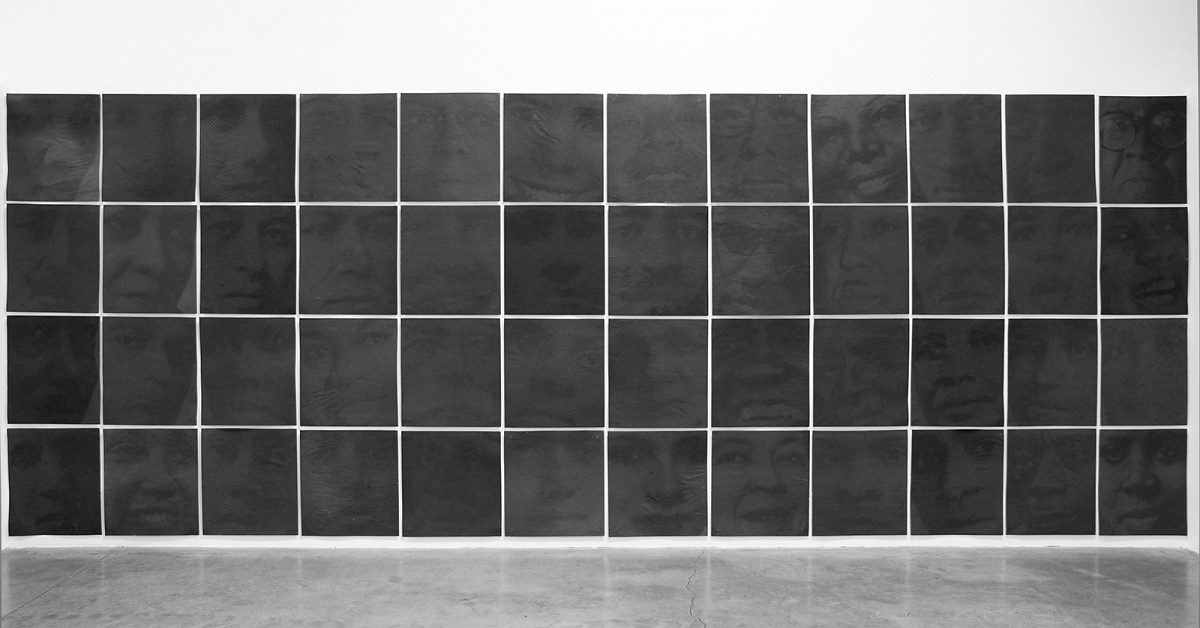Grey Matters
Upstate Diary / Oct 1, 2023 / by Kostas Anagnopoulos & Jennie C. Jones
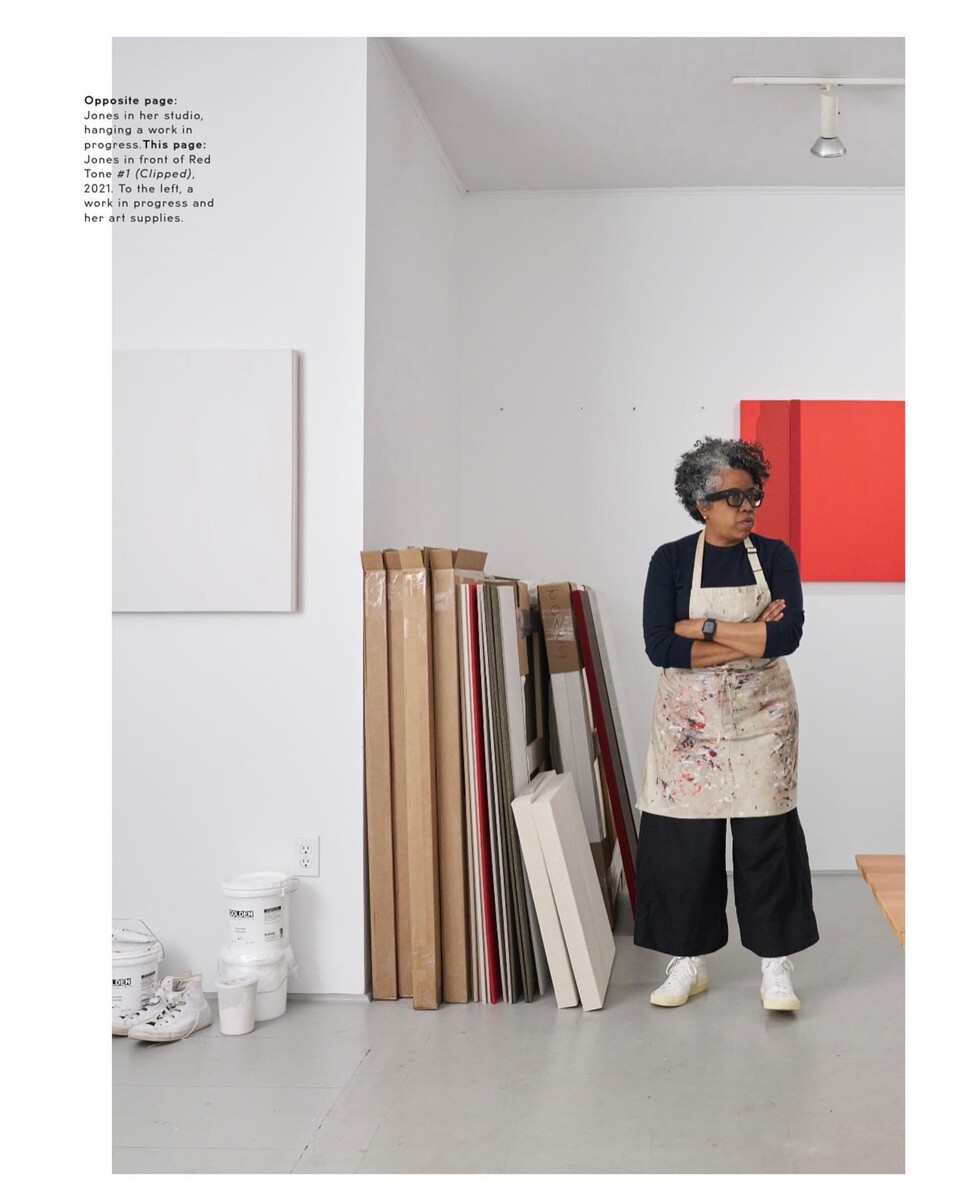
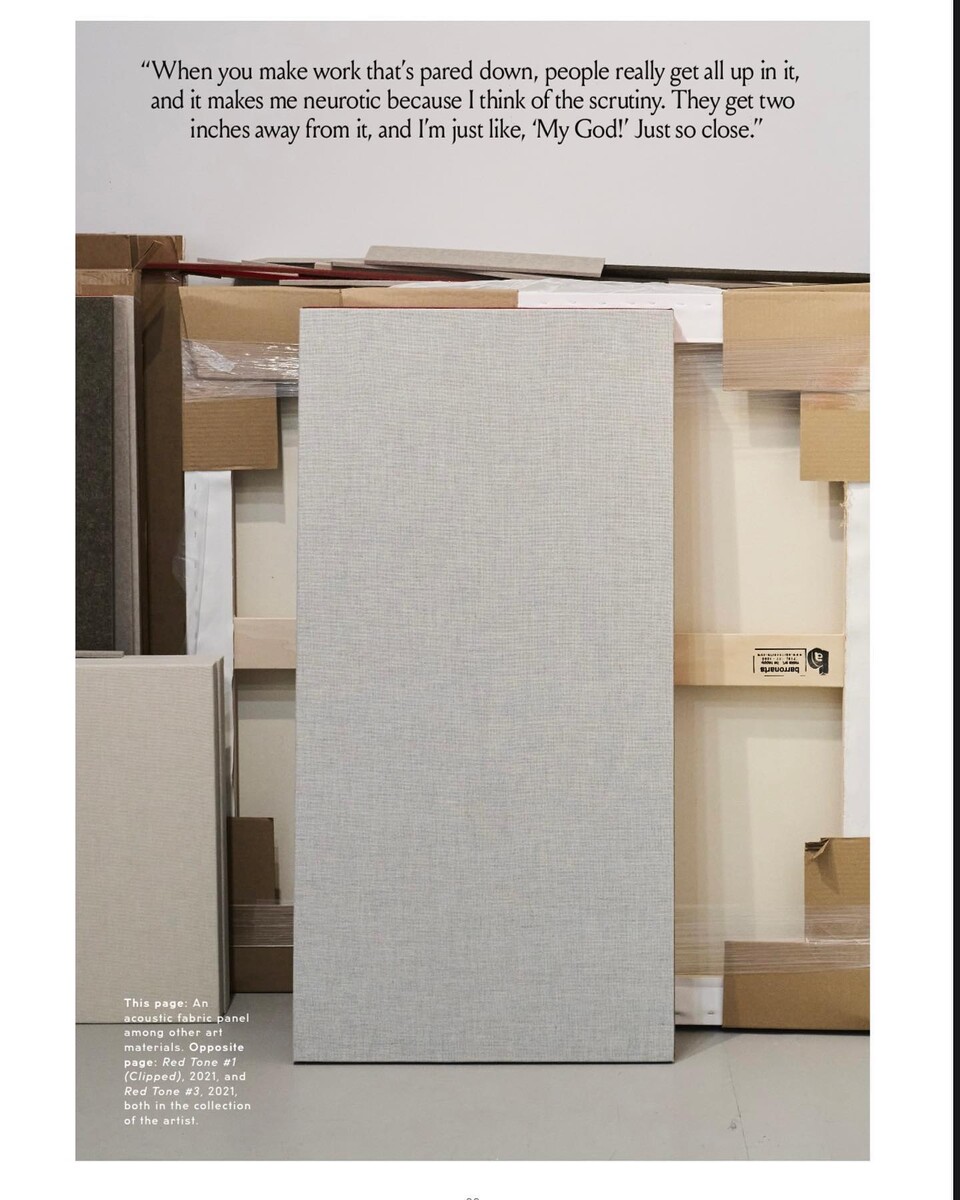

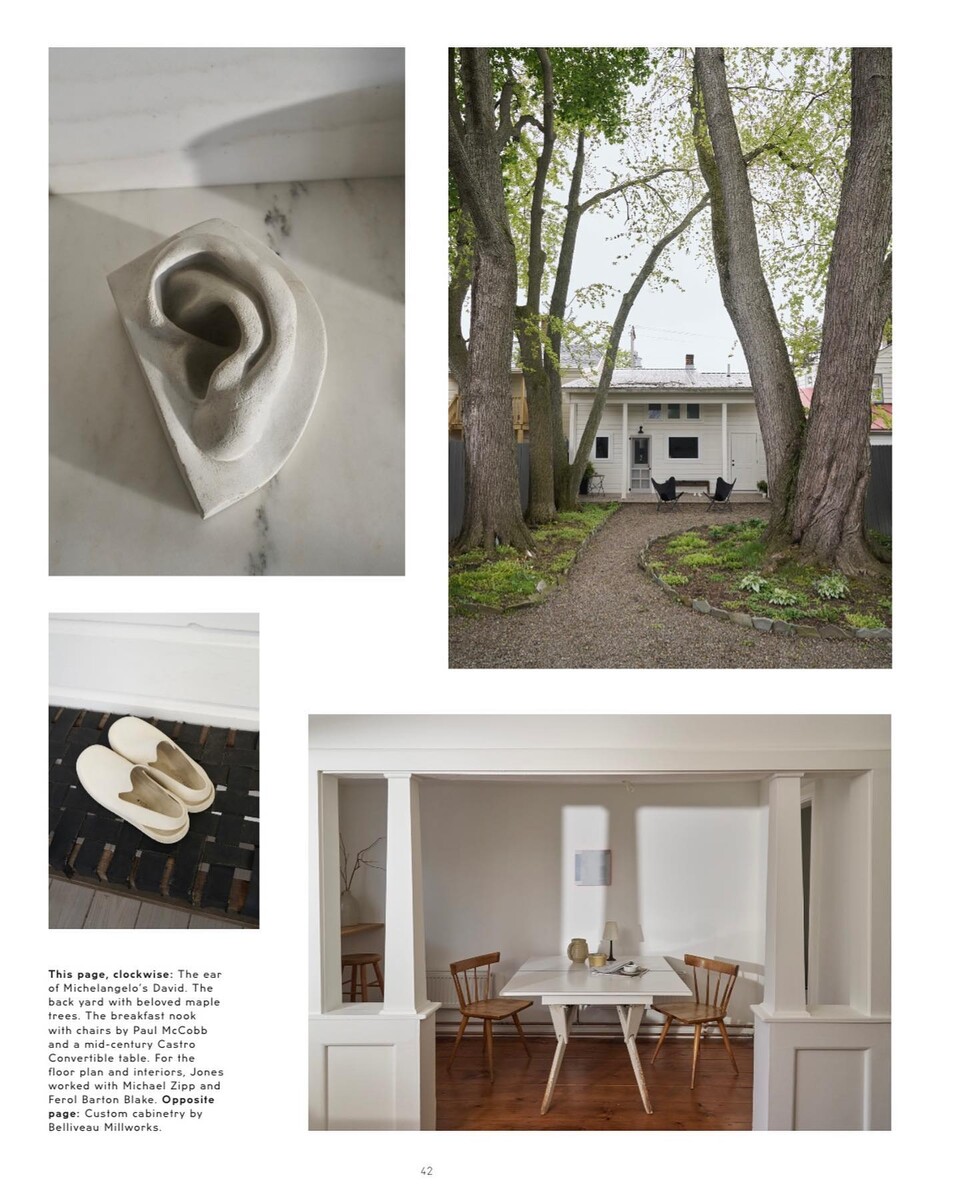
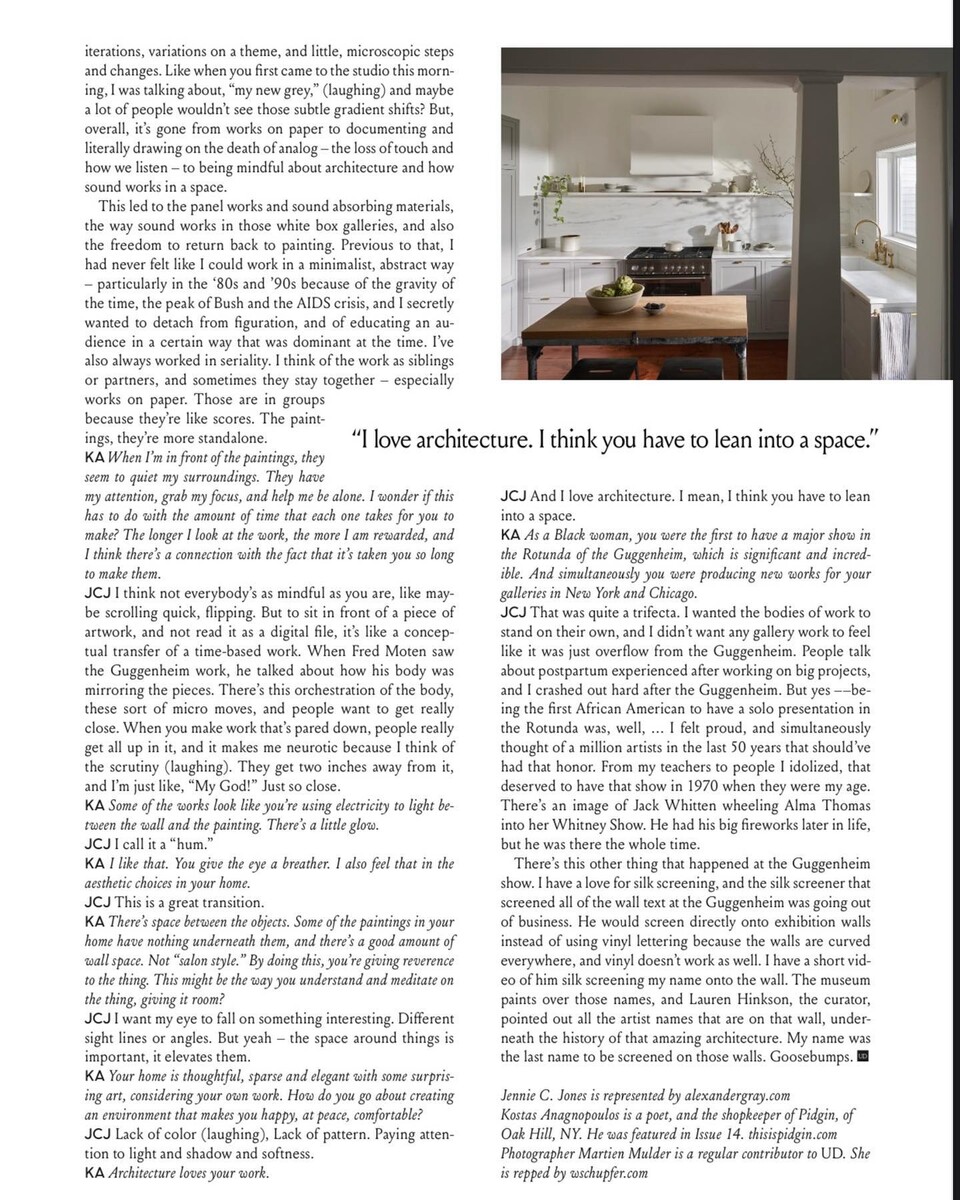
Transcription Below
—————————————
The artist Jennie C. Jones Creates work that engages you visually and aurally, drawing on art traditions that are deeply rooted in the legacies of modernism and minimalism. As an observer, I often think of her work as devotional: defined by a discipline and sensitivity that transcends the canvas with a re reverence for the space it inhabits. One recent morning, I took the train up from Manhattan to meet with Jennie in her comfort zones, at home and in her studio, which — not surprisingly — are both divine.
Jones moved up the river from the city in ’18, packing her apartment, her studio, and her dog Nina, for all the reasons one might imagine. Since then, her professional arc has soared with solo exhibitions at The Philip Johnson Glass House, in 2018; at Alexander Grey, her gallery in New York, in 2020-2021; The Clark Art Institute, in 2021; and The Guggenheim, in 2022.
Kostas Anagnopoulos We met in the early aughts when I was selling book from the distributor Artbook/D.A.P. and you were their office manager.
Jennie C. Jones That’s right. I worked there with Molly, your sister. I remember first meeting you. We all had dinner, and you were just getting ready to have a kid.
KA Yes! Now one of those publishers, Radius, is going to do a monograph on you.
JCJ The book will be available in 2024. When I was at D.A.P. I was kind of a glorified receptionist. They tried to hire me for other roles, but I’d just returned from residences in Europe, and I wanted a job that I didn’t take home, so I could work on drawing and apply for artist grants. I had my first New York Times review when I worked there. I’ll never forget going out for a coffee on my smoke break and buying the newspaper. I put it on the conference room tables, and everyone was like, “Oh my God!” Then 20 minutes later, I had to go to Fedex and start packing books again (laughing). It was very high/low. I stayed because the people were amazing.
My Time there helped me build a library and develop my deep love of books. Radius likes to replicate an artist’s work in book form. They donate their books to public school and libraries, so kinds and young people and people of color have access to these rarified things. So, yeah — having a book in their catalogue coming through Radius — definitely full circle.
KA What are some of your earliest memories of making art?
JCJ I remember drawing the huge oak tree outside of my bedroom window. I would make pencils drawings of the tree and its branches. I was a latchkey kid, and I spent a lot of my childhood alone. My mom would say, “We do best what we do most.” Whenever you do the most, you’er going to get good at. I got good at being alone.
KA Speaking of trees, you have some beautiful ones in Hudson where you moved from Brooklyn in 2018. How did you come to that decision?
JCJ I’m the first woman in my family to buy property alone. I think that being an African American woman who buys a home for herself is the most powerful thing that I’ve done. Not waiting for marriage or a partner but being decisive enough to say, :this is what I want.” I chose Hudson because it’s accessible by train, and I could still have studio visits. I could have never afforded to buy in New York City. I looked at about three different places, and when I saw the trees behind this little house, I knew that I could be their steward. I call myself “the keeper of the trees”.
KA Can you talk a little bit about what you first did for them?
JCJ I has these amazing arborists called Everhart. They trimmed their canopies and put about seven cables in the bigger branches. Maple trees are “self-pruning” — when their branches die they sit drop, because the wood is heavy like and elm or an oak. I think the reason I was able to get the house was because people were afraid of these huge, mature trees in the middle of town, right next to the smallest house on the block. The roots go all the way over to Union Street. A black away.
KA How does your practice in Hudson differ from your practice in the city?
JCJ I don’t keep a regimented schedule here. I’ve tries that — where you come to work, and then you end up eating your sandwich and staring at the wall because it’s just no happening. Now I work episodically, and there’s some space from that. Yesterday, I closed my laptop and went to Greenport Nature Conservation at 9:30 in the morning because I could.
And as frustrating and isolating as it can be up here — cultural diversity is lacking big time — it’s quiet. There’s more psychological space, more horizontal space too, instead of the verticality of New York City.
KA When I look at your work over time, there’s a steady graduation of threads that might not be seen in one sitting.
JCJ There’s definitely a long arc to the work. I think about iterations, variations on a theme, and little, microscopic steps and changes. Like when you first come to the studio this morning, I was talking about, “my new grey,” (laughing) and maybe a lot of people wouldn’t see those subtle gradient shifts? But, overall, it’s gone from works on paper to documenting and literally drawing on the death of analog — the loss of touch and how we listen — to being mindful about architecture and how sound works in a space.
This led to the panel works and sound absorbing materials, they way sound works in those white box galleries, and also the freedom to return back to painting. Previous to that, I had never felt like I could work in a minimalist, abstract way — particularly in the ‘80s and ‘90s because of the gravity of the time, the peak of Bush and the AIDS crisis, and I secretly wanted to detach from figuration, and of education an audience in a certain way that was dominant at the time. I’ve also always worked in seriality. I think of the work as siblings or partners, and sometimes they stay together, especially the works on paper. Those are in groups because they’re like scores. The paintings, they’re more standalone.
KA When I’m in front of the paintings, they seem to quiet my surroundings. They have my attention, grab my focus and help me be alone. I wonder if this has to do with the amount of time that each ones takes for you to make? The longer I look at the work, the more I am rewired, and I think there’s a. Connection with the face that it’s taken you so long to make them.
JCJ I think not everybody’s as mindful as you are, like maybe scrolling quick, flipping. But to sit in front go a piece of artwork, and not read it as a digital file, it’s like a conceptual transfer of a time-based work. When Fred Moten saw the Guggenheim work, he talkie about how his body was mirroring the pieces. There’s this orchestration of the body, these sort of mucro moves, and people want to get really close. When you make work that’s aired own, people really get all up in it, and it makes my neurotic because I think of the scrutiny (laughing). They get tow inches away from it, and I’m just like, “My God!” Just so close.
KA Some of the works look like you’re using electricity to light between the way and the painting. There’s a little glow.
JCJ I call it a “hum”.
KA I like that. You give the eye a breather. I also feel that in the aesthetic coupes in your home.
JCJ This is a great transition.
KA There’s space between the objects. Some of the painting in your home have nothing underneath them, and there’s a good amount of wall space. Not “salon style” By doing this, you’re giving reverence to the thing. This might be the way you understand and meditate on the thing, giving it room?
JCJ I want my eye to fall on something interesting. Different sight lines or angles. But yeah — the space around things is important, ti elevates them.
KA You home is thoughtful, spares and elegant with some surprising art, considering your own work. How do you go about creating an environment that makes you happy, at peace, comfortable?
JCJ Lack of color (laughing), Lack of pattern. Paying attention to light and shadow and softness.
KA Architecture loves your work.
JCJ And I love architecture. I mean, I think you have to lean into a space.
KA As a Black woman, you were the first to have a major show in the Rotunda of the Guggenheim, which is significant and incredible. And simultaneously you were producing new works for your galleries in New York and Chicago.
JCJ That was quite a trifecta. I wanted the bodies of work to stand on their own, and I didn’t want any gallery work to fell like it was just overflow from the Guggenheim. People talk about postpartum experiences after working on big projects, and I crashed out hard after the Guggenheim. But yes — being the frist American American to have a solo presentation in the Rotunda was, well, … I felt proud, and simultaneously thought of a millions artists in the last 50 years that should’ve had that honor. From my teachers to people I idolized, that deserved to have that show in 197- when they were my age. There’s an image of Jack Whitten wheeling Alma Thomas to her Whitney show. He had his big fireworks later in life, but he was there the whole time.
There’s this other thing that happened at the Guggenheim show. I have a love for silk screening, and the silk screener that screened all of the wall text at the Giggenheim was going out of business. He would screen directly onto the exhibition walls instead of using vinyl lettering because the walls are curved everywhere, and the vinyl doesn’t work as well. I have a short video of him silk screening my name onto the wall. The museum painted over those names, and Luarn Hinkson, the curator, pointed out all the artist names that are on the wall, underneath the history of that amazing architecture. My name was the last to be screened on those walls. Goosebumps.



